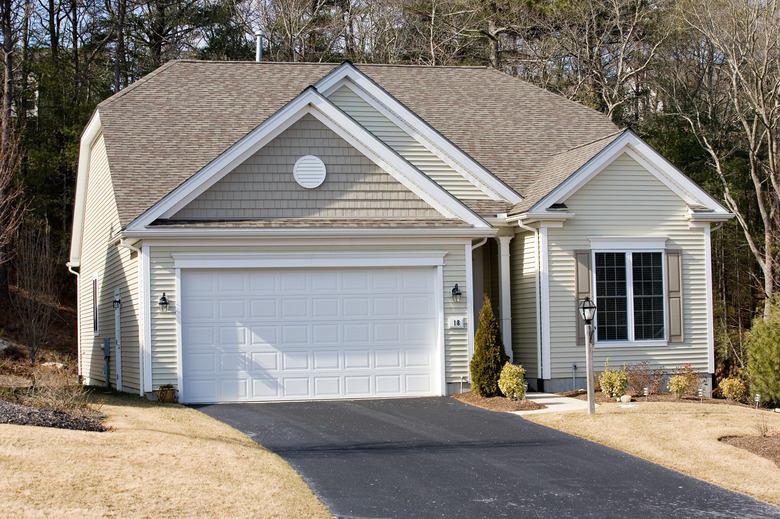Do It Yourself Asphalt Driveway
Making your own asphalt driveway is hard work, and not a job for one person. If you have friends who will help you, it is possible to save a lot of money by doing your own driveway, even after the cost of rental equipment is factored in.
Be Prepared
Be Prepared
Some equipment that the average homeowner isn't likely to own will be needed for this project. Arrangements to rent or borrow a skid steer loader, dump truck, plate compactor, roller, wheelbarrows and asphalt hand tools need to be made before starting the job.
Site Preparartion
Site Preparartion
The site for the new driveway must be prepared beforehand. Remember, the quality of the finished driveway starts here. Take your time and don't scrimp on materials. Remove all old asphalt if an existing driveway is being replaced. Consideration must be given as to where to dispose of the old asphalt. Check with your asphalt supplier, as many will take the old asphalt for free, though some do charge a small fee. Dig out and remove the driveway base if it is clay, muddy or loamy. A good base is important for the long life of a driveway. Replace the dug-out base with a material commonly called dense grade, which is a combination of stone dust and small stones. Using a high-quality gravel is fine also. Make several passes from different directions with the plate compactor and compact the base firmly. Lay out your base to incorporate a drainage slope in your driveway of one inch per ten feet of width or length.
Paving Your Driveway
Paving Your Driveway
The proper method of paving a driveway for the longest life is a two-stage process. Lay down a layer of binder asphalt first and then a top coat. Your asphalt supplier should have a product called driveway binder that you can start with. This product is sold by the ton and is very hot, approximately 450 degrees F, so be careful when handling it. Using the formula Length x Width x Desired thickness (converted to feet) x .072 will give you the approximate tonnage of asphalt needed. For example, the conversion to the suggested two-inch thickness is .16 feet, so if the driveway is ten feet by fifty feet and the binder is two inches thick the math is 10 x 50 x .16 x .072 = .5.76 tons. Round up and add a margin for safety–you don't want to run out–and buy about 6.5 tons.
Start at the back of the driveway and pave to the street. You should have at least two people hauling wheelbarrow loads of asphalt, one person spreading it and another person leveling it. Spread it a little thicker than the desired thickness to allow for compacting it. Use a light coating of diesel fuel on every tool that will come into contact with the asphalt to help prevent sticking. Start compacting or rolling after the asphalt has started to cool, being careful to compact the asphalt evenly.
Your new driveway can be finished with a mix called driveway top right away or later, whichever is more convenient for you. It can be driven on in a day, even in the binder stage.
References
- Franceso Leone; Leone Lanscape and Construction; Newton, Massachusetts
